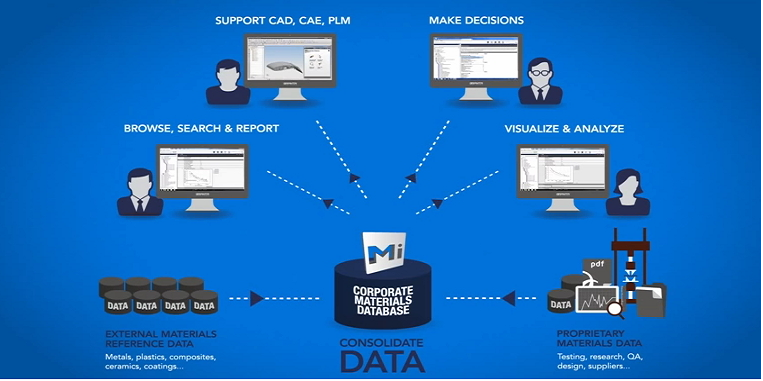Additive manufacturing requires software solutions to overcome the often and complex data challenges involved in developing additively made parts. Now Granta – through their experience in a range of additive manufacturing projects which incorporate industry best practices in managing vital material and process information – has created “MI:Additive Manufacturing,” a single system based on GRANTA MI materials information management software.
“MI:Additive Manufacturing combines our core strength in materials information management with practical knowledge of Additive Manufacturing data gained from our collaborative projects, and work with some of our leading customers,” says Dr Patrick Coulter, chief operating officer at Granta Design. “The great news is that this will allow us to help many other customers who have expressed an interest in Additive Manufacturing, and have been asking us for a solution to manage their data in this area.”
Now they say MI:Additive Manufacturing helps engineering enterprises by protecting their investment and intellectual property in AM research, builds an in-depth knowledge-base, significantly reduces time-to-market by avoiding wasted effort and supports the qualification and certification of additively-manufactured parts.
The AM process generates enormous amounts of data about the structure, properties and processing of the materials involved, and until the advent of MI:Additive Manufacturing, an easy-to-implement system to capture data and integrate it has been lacking. This new software aims to connect materials suppliers, R&D, part design, simulation and production elements in a seamless manner.
Coulter says the data can feed into statistical analysis to determine mechanical properties which can be exported to simulation codes and used in optimizing part design and production. He says MI:Additive Manufacturing improves efficiency for many of the individual tasks in AM processes and research, and supports collaboration, sharing knowledge and increasing effectiveness across a whole program.
The heart of the system is what Granta calls a ‘schema’ which is used to define the types of data to be captured in the system, their inter-relationships, and how they might be processed.
Granta develops software for managing materials and process information in engineering enterprises and they serve sectors from aerospace, defense, energy, medical devices, automotive, motorsports, industrial equipment, materials production and publishing.
Have you ever worked with high-end manufacturing software like MI:Additive Manufacturing? Tell us about your experience in the MI:Additive Manufacturing Software forum thread on 3DPB.com.
